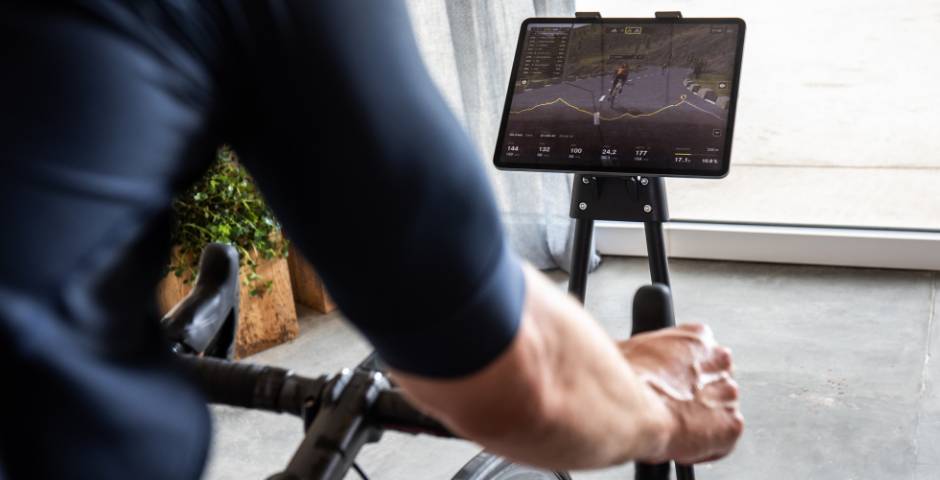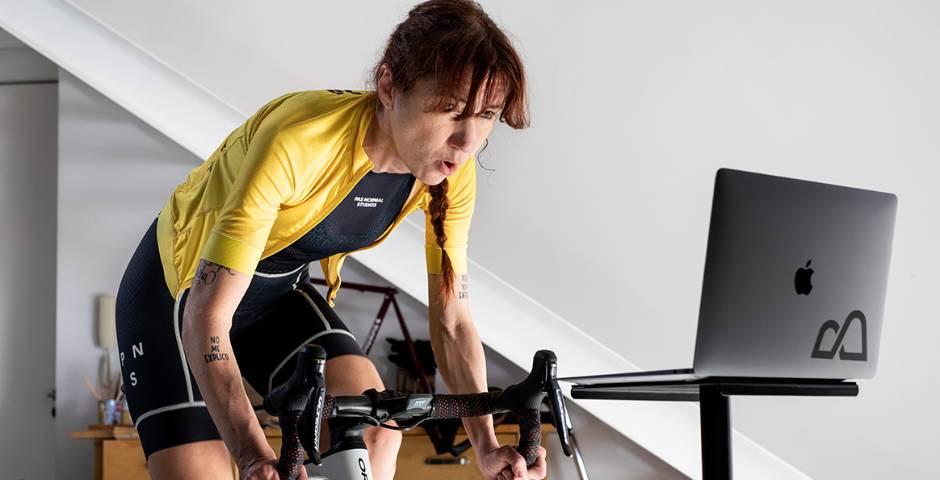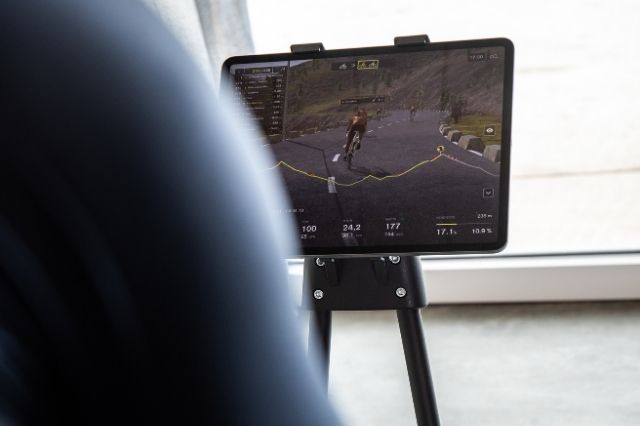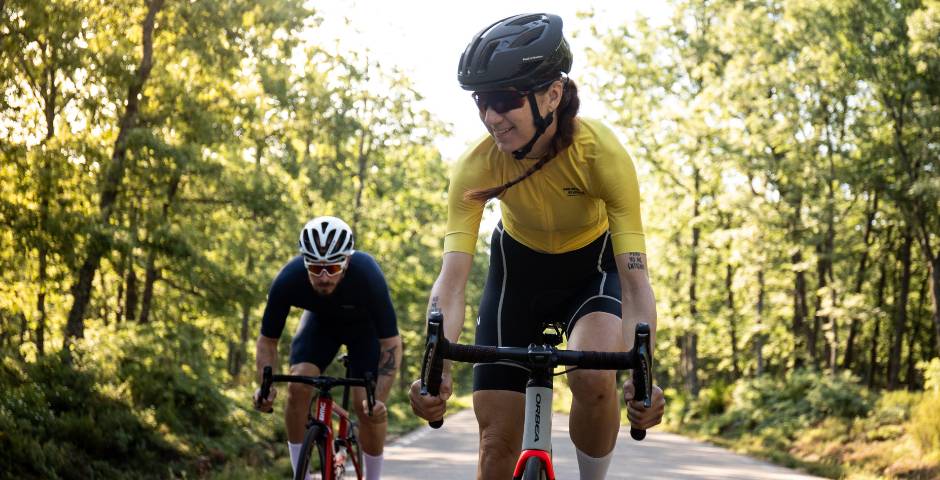Recovering from an injury requires patience and time. In this situation, it is essential to resume sport progressively, getting back to habits gradually and without rushing. When dealing with such a recovery, the smart trainer and its customised training designs are the best companion, but how much smart trainer should I incorporate at this stage? Let’s take a look at it now.
First phase after injury
An injury, however slight, requires a recovery period to return to the sporting level previously maintained without running the risk of relapse. This return must be done carefully and calmly, being aware that an acceleration in training can set us back.
For the first few days, it is advisable to do basic exercises that are not too demanding on the muscles. For example, stretching, walking or even swimming are a good alternative.
Injury control, back on the smart trainer
After this initial contact, the duration of which will depend on the severity of your injury, you can get back on the smart trainer to continue your recovery. In this recovery phase, indoor cycling is the best alternative.
When recovering from an injury, the physical benefits of smart trainer are many: improving the cardiovascular rhythm, burning calories in less time and adaptating the muscles to more intense training.
The return to smart trainer, as we have already pointed out, involves a gradual return to a much slower and more controlled pace. It is important to point this out once again, as otherwise you may suffer a muscle strain or soreness.
How much time should be spent on the smart trainer when recovering from injury?
So, when recovering from injury, how long is it advisable to train on the smart trainer? If it is usually advisable to train for around an hour and a half -15 minutes rest-, the most appropriate thing to do in this situation is to reduce the duration to 30-45 minutes on the smart trainer, depending on how you feel.
The time depends mainly on your physical condition. The condition of your muscles, fatigue and post-workout recovery will guide you in this phase. However, if after half an hour of exercise you start to feel too tired or sore, don’t push yourself and stop. Forcing yourself to continue will only delay your recovery.
It is also essential to manage your breaks correctly. If this is important in a regular session, it is even more so after an injury. This is why the 15 minutes of rest can even be increased if necessary.
What level of intensity is recommended on the smart trainer?
In addition to the duration of the workout, intensity is another key factor in the recovery session.
Experts recommend knowing your own limit when cycling on the smart trainer. This advice should always be followed both in the design of training sessions aimed at improvement and progress, and in recovery sessions after an injury.
It is therefore essential to know how far we can go in the exercise without running the risk of re-injury. To do this, when returning to the smart trainer, it is common to reduce the intensity of the exercise. It is not necessary to reduce it too much, because then you will not achieve the results you want.

So, what level of intensity do I train at on the smart trainer? Design a session with the necessary resistance to exert force on the pedal, but without experiencing pain during the exercise.
You can programme intervals of increasing and decreasing intensity to test your progress. Alternate the intensities and you will find out how you are doing on the smart trainer. It is advisable to always start with a gentle warm-up – low intensity – and then continue with higher resistance. When your body asks for it, reduce the intensity again.
There is no specific intensity, it depends on the physical condition of each individual. However, the recommendation is to start lightly and then gradually increase the effort. Initially, introduce short peaks of intensity and then, as you get better, lengthen them.
Conclusions
Recovering from injury takes time and dedication. Progressing gradually and at a slow pace, oddly enough, will make you improve faster. Listening to your body and not forcing it is essential to avoid moving backwards or even making the situation worse.
Designing an injury recovery workout can be difficult, which is why at BKOOL you can count on advice and routines based on your fitness level. Get back on the smart trainer safely without worrying about taking risks.
BKOOL is the most complete cycling simulator on the market, try it FREE for 7 days!
 Go to BKOOL
Go to BKOOL





